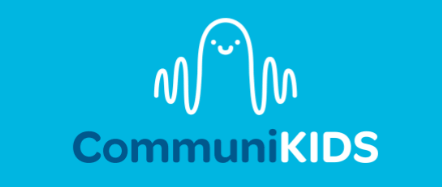Developing a Plan for Speech Therapy
Your child has been assessed, you’ve been told they need ongoing speech therapy and you’ve received the assessment results… but what next? Does your speech therapist pluck the first goals they see out of the assessment results and turn up to the first therapy session, hoping they’re appropriate? The short answer is no.
Goal Setting
A lot goes into deciding a plan for therapy. Once the assessment is completed, the speech therapist will begin analysing the results and considering your child and the information given in the initial consultation. Goal setting and therapy planning is a multifaceted process, and it goes beyond numbers on a piece of paper. Some of the key considerations that go into deciding on goals for therapy include:
Areas of difficulties and strengths. While this may not be the only factor for consideration in goal setting, areas of difficulties and strengths still play an important factor in narrowing down the wide pool of goals a child could have in speech therapy.
The child. Every child is different, and speech therapists work that into goal setting and planning. Whether it be taking into consideration special interests, the fact a child loves to be on the go all the time, or what’s going to be most functional for the child going forward, the child is always in the centre of therapy. For older clients, asking for their input on what’s important to them is also important in developing a plan.
The family. Just as the child is an essential component to therapy, so is the family. Discussions with the family around priorities at the time and what is going to be functional and practical for them is important.
Creating a Therapy Plan
Once goals have been decided, the therapy plan then needs to be made. The therapy plan consists of:
Who. Who will be involved? This often includes the client and family, but also takes into account the broader team, including doctors and paediatricians, other health professionals and educators.
Where. Sessions can happen in-clinic, at schools, at day cares, in the home, via telehealth… the list goes on. Deciding where therapy happens is dependent on the child and family’s needs and what will be most functional.
Time length and frequency. Session length and frequency is often dependent on the family’s capacity to do sessions and/or home practice, and the child’s level of needs.
Approach and strategies. Once goals have been decided, the clinician will decide on the best therapy approach and strategies to help the child reach their goals. This may be adjusted and changed throughout the therapy process depending on the child’s response to different approaches.
It is also important to remember that therapy is a dynamic process. Goals that are well-suited now may not be a good fit in a month, six months or a year’s time. A certain therapy approach or strategy may work for one child but not the next, or may become less effective over time. Family situations may change, a new area of difficulty may arise that needs to be prioritised. Even the way therapy is delivered might need to change – COVID was a great example of how the tried and trusted in-clinic sessions suddenly no longer worked, and many clients and clinicians had to learn to adjust to the world of telehealth.
The most important part of the therapy plan is that the family and client is always at the centre of planning, rather than the numbers the child scored on an assessment!
